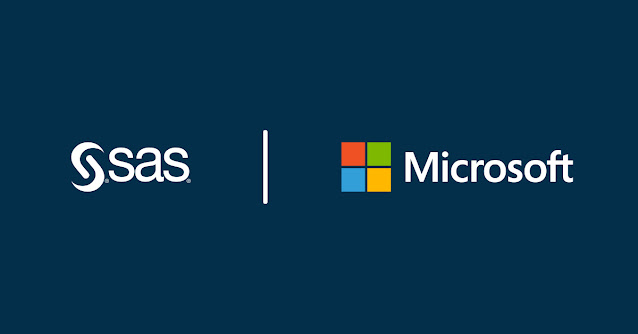This blog is part of a series in collaboration with our partners and customers leveraging the newly announced Azure Health Data Services. Azure Health Data Services, a platform as a service (PaaS) offering designed to support Protected Health Information (PHI) in the cloud, is a new way of working with unified data—providing care teams with a platform to support both transactional and analytical workloads from the same data store and enabling cloud computing to transform how we develop and deliver AI across the healthcare ecosystem.
There is a dichotomy in health care technology. Despite new developments in imaging, diagnostics, treatment, and surgical techniques, the lack of data standardization in the industry has trapped health insights in functional silos. Providers and payers alike struggle to manually reconcile incompatible file formats, which slows the transfer of information and negatively impacts quality care and patient experience.
Microsoft, along with partners such as global analytics software company SAS, are driving towards increased interoperability through enabling the use of standards such as Fast Healthcare Interoperability Resources (FHIR®). Together, SAS and Microsoft Azure are building deep technology integrations that unlock value by making disparate data and advanced analytics more accessible to health and life science organizations. With new capabilities such as the integration from Azure Health Data Services to SAS on Azure, the embedded AI capabilities of SAS Health are more efficient and secure, expanding the possibilities of patient-centric innovation and trusted collaboration across the health landscape.
FHIR puts the patient at the center of the health care ecosystem. When querying information in the previous HL7 format, the query is answered with the entire patient dataset that must be parsed to find the information desired for predictive modeling. Additionally, data would require harmonization within and across the organization, creating limitations on available data. In contrast, harmonized FHIR datasets persisting on Azure Health Data Services enable FHIR-based requests directed to the specific data points required, speeding up queries to near-real-time and protecting patient data.
While FHIR’s footprint in the industry is small compared to HL7’s, the global adoption of the FHIR standard is growing. Major electronic health records (EHR) companies like Cerner and Epic are moving quickly to support FHIR. Notably in the United States, the Centers for Medicare and Medicaid Services (CMS) has mandated its use for health insurance payers and providers.
Transform your analytical experience in the health cloud
The integration between Azure Health Data Services and SAS Health can be transformational for organizations who have struggled to operationalize analytics. Not only does this integration offer a technology that is secure, fast, and scalable, it democratizes analytics by allowing the business or clinical user to query a patient data set using a pre-set parameter or algorithm and return results within a clinical workflow.
The traditional view of health analytics is that it occurs outside the process of care and is in some way removed from the patient. That’s changing, thanks to secure health cloud environments like Azure Health Data Services and presents the opportunity for more real-time integration of patient and claims data. With the evolution of the citizen data scientist and respective interoperability, we now see a clearer path from analytics to improved health care outcomes.
The graphic below illustrates the role of health data analytic interoperability in health and life sciences. Ultimately, the






0 comments:
Post a Comment